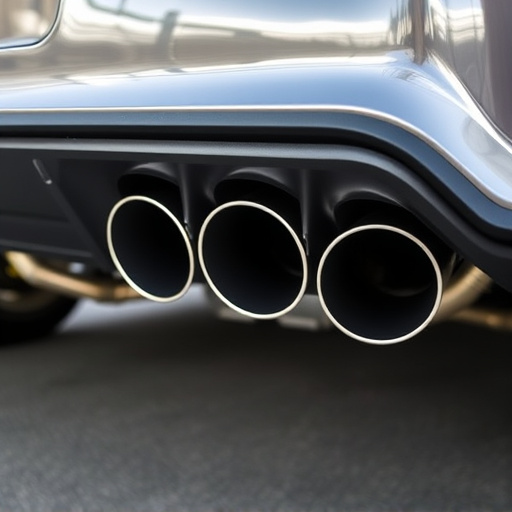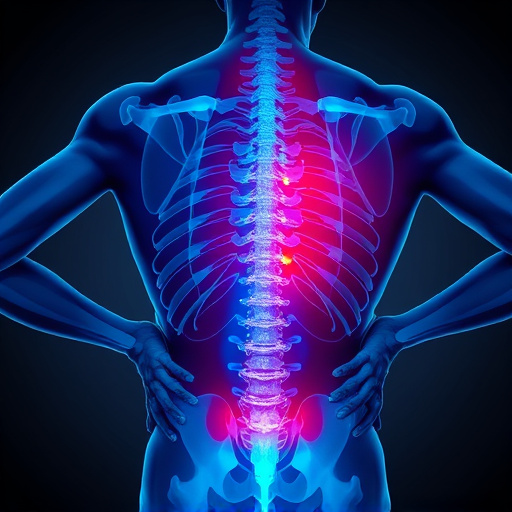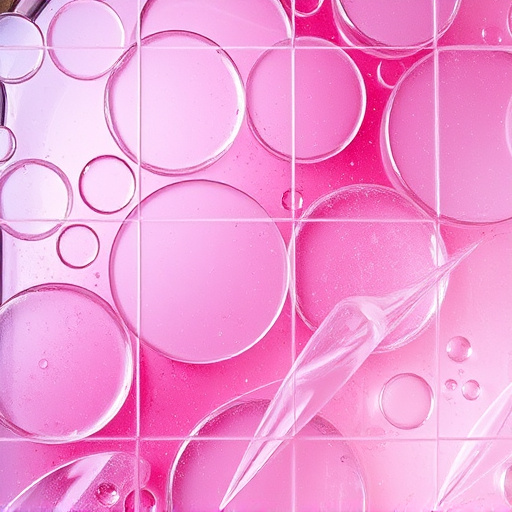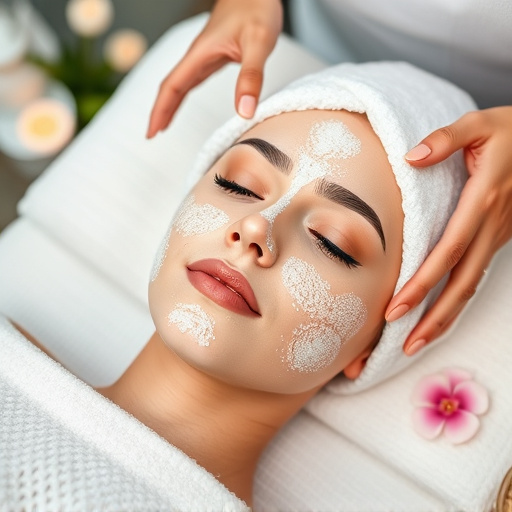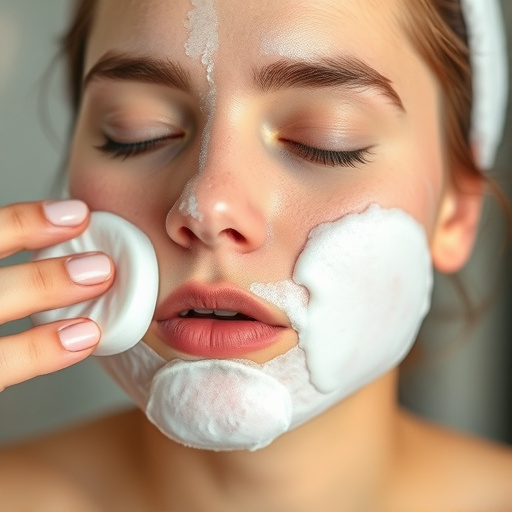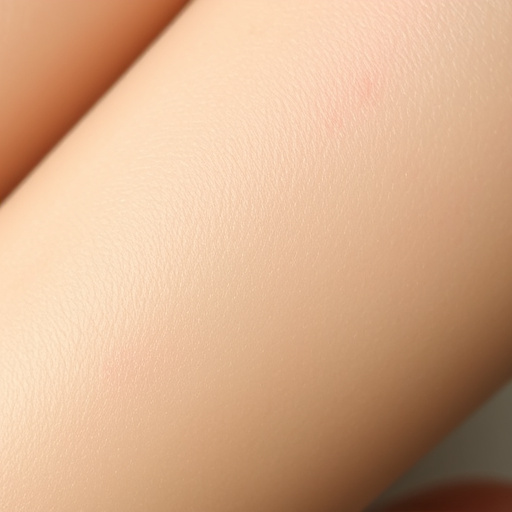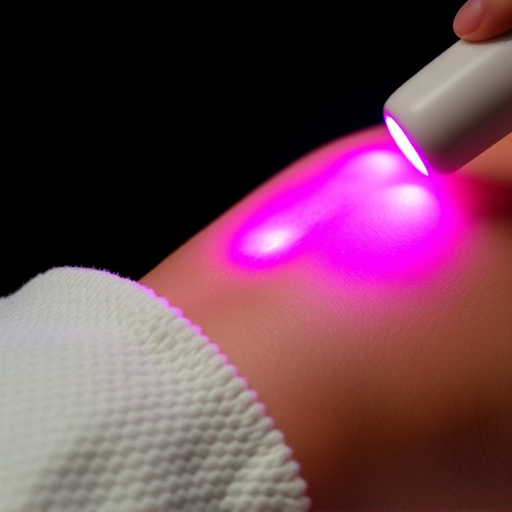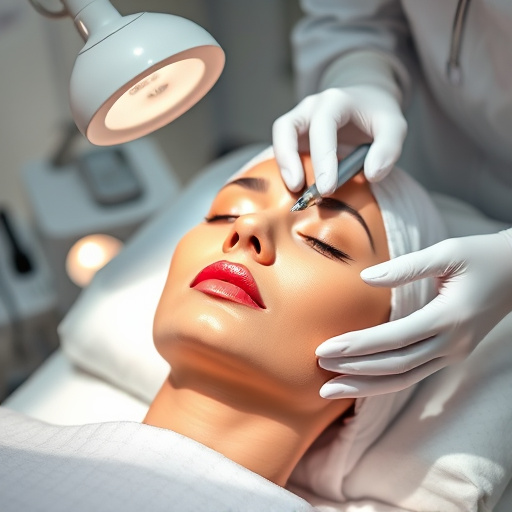Comedone extraction focuses on safely removing blocked pores caused by oil, dead cells, and bacteria, aiming for clear skin. It requires careful techniques like chemical peels, microdermabrasion, or specialized tools to avoid damage, scarring, or infection. Following dermatologists' recommendations, including sterilization and topical anesthetics, ensures effective and safe extraction aligned with industry standards.
Comedone extraction, or blackhead removal, is a popular skin care procedure. However, it’s crucial to understand the risks and choose safe techniques. This article delves into the world of comedone extraction, guiding you through the process with dermatologist-approved methods and best practices. Learn about effective yet gentle extractions to achieve clear, healthy skin without complications. Discover the key to successful comedone extraction, ensuring your skin’s safety and well-being.
- Understanding Comedones and Extraction Risks
- Safe Techniques: Dermatologist-Approved Methods
- Best Practices for Effective Yet Gentle Extractions
Understanding Comedones and Extraction Risks

Comedones, often referred to as blackheads or whiteheads, are a common skin concern. They form when oil, dead skin cells, and bacteria accumulate in the pores. While they may appear harmless, extracting comedones requires careful consideration due to potential risks. Improper extraction techniques can lead to skin damage, scarring, or even infection.
Understanding the nature of comedones is crucial for safe extraction practices. Different from body contouring or aesthetic treatments that focus on enhancing physical features, comedone extraction aims to gently remove blockages without causing harm. Skin brightening, a desired outcome in many cosmetic procedures, can be achieved through proper comedone management, ensuring a clear and healthy complexion.
Safe Techniques: Dermatologist-Approved Methods

When it comes to comedone extraction, safety is paramount. Dermatologists recommend several techniques that go beyond simple poking or squeezing to avoid damage and potential infections. These approved methods include gentle exfoliation with chemical peels or microdermabrasion, which help unclog pores by removing dead skin cells and smoothing the skin’s surface. Additionally, the use of specialized tools designed for comedone extraction, such as those with suction capabilities, ensures precise and careful removal without causing trauma to the skin.
For individuals seeking effective acne treatments, maintaining skin health is a holistic process. Incorporating dermatologist-approved techniques into your skincare routine can complement other efforts like proper cleansing and targeted products. Moreover, focusing on skin tightening through non-invasive procedures can enhance the overall appearance and texture of the skin, contributing to a clearer, healthier complexion.
Best Practices for Effective Yet Gentle Extractions

When performing comedone extraction, following best practices ensures safety and effectiveness. Dermatologists recommend a gentle approach to avoid damaging the skin or causing further irritation. This includes using sterilized tools to minimize the risk of infection, as well as applying a thin layer of topical anesthetic to desensitize the area, making the procedure more comfortable for the patient.
Proper technique involves carefully inserting the extraction tool just beneath the skin’s surface to break up and remove comedones without causing trauma. It’s crucial to avoid excessive force or aggressive manipulation that could lead to skin lacerations or permanent scarring. Additionally, using specialized products like salicylic acid or enzymatic cleansers beforehand can help soften and dissolve stubborn comedones, making extraction easier and less invasive, aligning with best practices in body contouring and effective acne treatments.
When it comes to comedone extraction, prioritizing safety is paramount. By understanding the risks and adhering to dermatologist-approved techniques, such as gentle steam cleansing, manual extraction with proper tools, and chemical exfoliation, you can effectively manage blackheads and whiteheads while minimizing potential damage. Following best practices ensures a safe and healthy skincare routine, allowing you to achieve clear, radiant skin without compromising your skin’s integrity.

